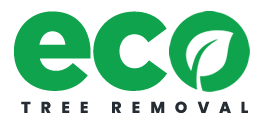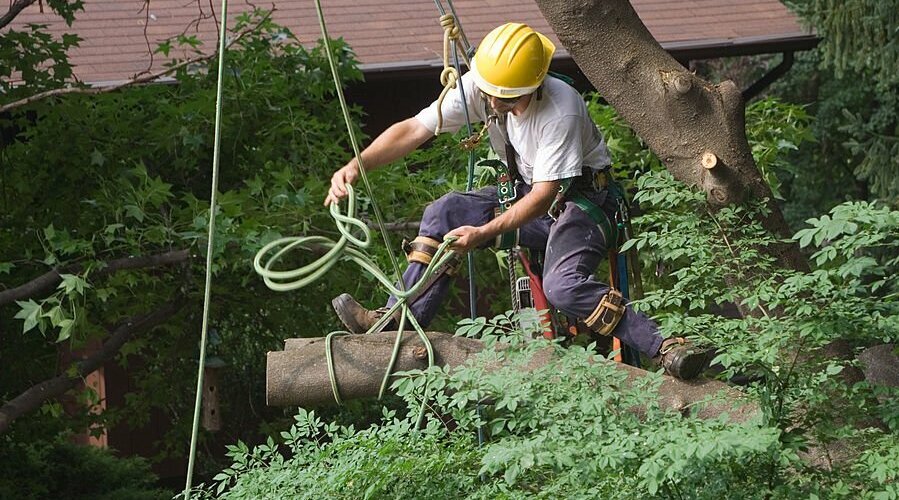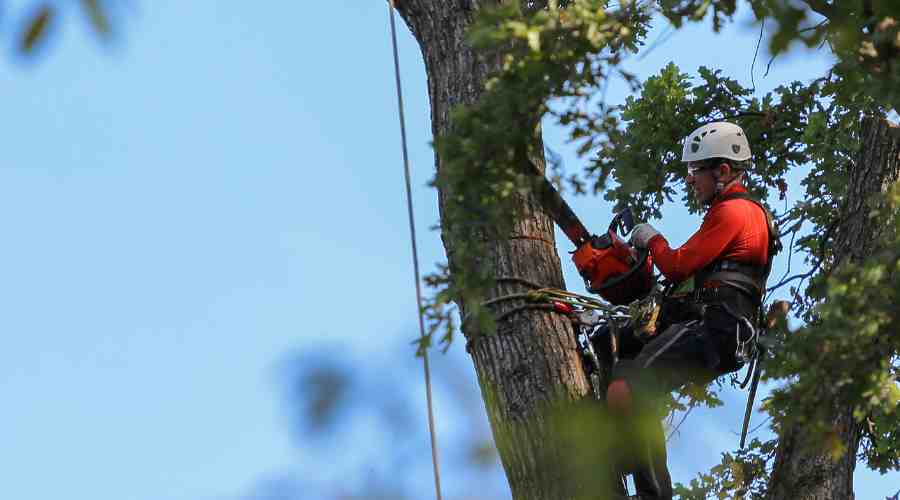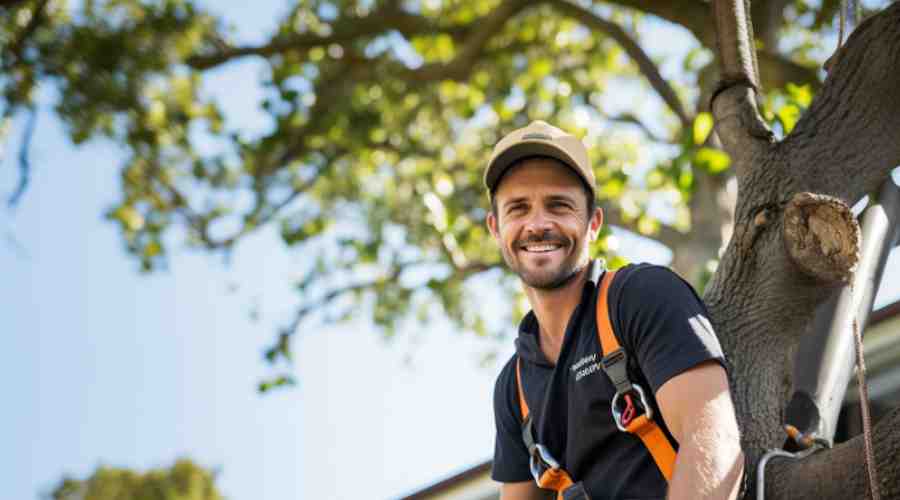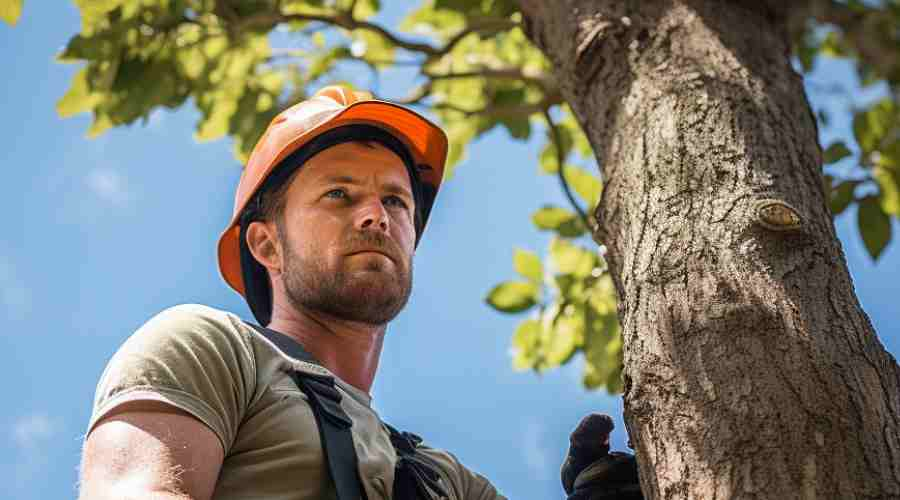Guide to Tree Removal Brisbane
Everything You Need to Know About Removing Trees in Brisbane
Trees play an important role in our urban forest, providing shade, beauty, and habitat for wildlife. However, there are times when tree removal becomes necessary, whether due to storm damage, disease, changes in land use, or infrastructure projects. Selecting an ethical, experienced tree removal company is key to ensuring the job is done safely and efficiently.
This guide provides homeowners and property managers in Brisbane with a comprehensive overview of professional tree removal services, including definitions of industry terms, an outline of arborist qualifications, a price guide, tips for choosing a reputable contractor, and more. Read on to learn what’s involved in removing trees in Brisbane, from permits and regulations to equipment and techniques. With the right information, you can make informed decisions when that aged gum or overgrown pine starts posing more problems than benefits.
What is Arboriculture?
Arboriculture is the cultivation, management, and study of individual trees, shrubs, vines, and other perennial woody plants. Arborists specialise in the care of trees and other woody plants in urban, rural, and wildland settings.
Arborists diagnose, manage, and prevent tree-related issues. They provide a range of services to sustain healthy trees and remove hazardous trees when necessary.
What is an Arborist?
An arborist is a tree care pro. They know a lot about how trees live, their names, planting them, moving them, pruning, managing pests, using wires and poles to support them, protecting from lightning, the soil they grow in, spotting rot and risk, and tree values.
Some arborists advise and assess trees for clients. Others provide hands-on care and service. All qualified arborists in Australia must have proper licenses and insurance.
Benefits of Tree Removal
There are several reasons why removing a tree can benefit your property:
- Removes immediate public safety hazards from decaying or damaged trees
- Prevents property damage by eliminating risks of falling branches
- Reduces fire risks from dead trees and accumulated fuel on the ground
- Allows healthy nearby trees to thrive without competition for light and nutrients
- Provides access to sunlight for gardens and solar installations
- Improves aesthetics by removing unattractive dead trees
- Makes space for new tree plantings
Tree Services Summary
Tree Removal
Removing the entire tree down to the stump is necessary for dead or dying trees that pose hazards, as well as mature trees causing foundation damage or other interference issues that cannot be resolved. Full removal eliminates current and future safety risks. Our arborists use specialised equipment like aerial lifts, rigging, chainsaws, wood chippers and trucks to safely dismantle all parts of the tree and transport debris away for disposal.
Tree Lopping
Tree lopping involves pruning branches and stems to substantially reduce the height and width span of the tree crown. While not removing the entire tree, strategic crown reduction helps limit wind resistance in storms and removes troublesome branches hovering near buildings. Lopping is a cost-effective alternative to full removal for mature trees that are still reasonably healthy.
Tree Pruning
Our arborists recommend regular, light pruning to improve tree structure, health and appearance. Removing crossed, damaged or diseased trees relieves stress. Tip pruning stimulates optimal new growth. Shaping cuts guide form for future strength. Establishing good architecture while trees are young means fewer hazards as they mature. Pruning is performed using polesaws and manual saws for lower branches and hydraulic aerial lifts to reach higher branches safely.
Tree Relocation
Also called tree transplanting, relocation carefully digs up an unwanted tree and moves it to a better spot on your property. Relocation preserves the tree while eliminating previous interference issues. Using tree spades, cranes and aerial lifts, we can uproot and transport trees up to 50 feet tall. We prepare the new hole, replant with supports as needed and provide ongoing maintenance to ensure reestablishment.
Stump Grinding
After felling trees, visible stumps and roots left behind present tripping risks and hinders ground reuse. Stump grinding uses a powerful, rotating cutting wheel that chews away wood down 12 inches or more below grade. The wood chips produced can be used as mulch. The resulting cavity can be backfilled with new soil to level the space. Grinding is quicker and less labor intensive than manual digging out stumps. No chemicals are used, protecting surrounding turf and plants.
Tree Trimming
Trimming involves pruning branches and twigs to guide the crown shape and appearance. Our experienced arborists trim trees to create visual clearance around structures, maintain desired heights and forms, improve aesthetics and remove obstructing branches over walkways or driveways. Trimming should not remove more than 30% foliage annually. For ornamental trees, we perform trimming with hand shears or manual saws. For tall trees, pole saws and aerial lifts provide safe access.
Palm Tree Removal
Mature palms can exceed 50 feet, with long vertical trunks topped by a bundle of large fronds. Their unusual tapered shape and extreme height make palm tree removal challenging. Using expert rigging to carefully disassemble the trunk protects nearby structures. The frond bundle needs special equipment to be safely lowered without damage. The trunk base is cut flush at ground level. We recycle palm debris as mulch whenever possible. Stump grinding leaves an open space for planting replacements.
Fallen Tree Removal
When trees tip over or collapse in storms, proper extraction technique is critical to prevent additional damage or injury risk. Our crew evaluates the tree’s resting points, tension forces and terrain challenges to create a customised dismantling solution. We utilise tree removal equipment like cranes, aerial lifts and chipping tools tailored for that specific situation. Traffic control and barricades are erected as needed for roadway clearance jobs. We remove all debris, so surrounding property is restored.
Dead Tree Removal
Dead or dying trees decompose internally and become brittle without pliable live growth rings to provide structural strength against winds and storms. Hollowed trunks readily shear and topple. Our certified arborists can diagnose dying trees and disease-induced mortality before conditions become critical. We schedule removal before total death triggers imminent hazards. Taking down snags prevents injury and damage when failure occurs.
Land Clearing
Construction sites, new farms, or big properties set for rebuilding usually need all trees and plants cleared first. We use skid steers, bulldozers, diggers and tree cutting tools to remove a lot of vegetation fast. Waste can be chipped or stacked to haul away. We might grind stumps down or use chemicals to kill them for big clearings. Doing land clearing carefully protects neighboring land. It prepares the area for its planned new use.
Tree Mulching
Nearly all pieces and waste from removing, cutting or pruning trees can be recycled as mulch instead of sending it to the dump. After our big wood chipper machines chew up the logs and branches, you can use this mulch all over your yard for planting beds, paths or compost piles. Mulch holds water in the dirt and keeps the temperature more even. It stops weeds and slowly makes the soil richer as it breaks down. Reusing tree parts is eco-friendly. It saves you money too!
Signs You Need Tree Removal
- Major dead branches or decaying wood
- Evidence of wood boring insects/termites
- Internal hollows and fungal growth
- Bleeding sap or discolored leaves
- Tipped, leaning, or shifted root systems
- Structural defects like cracks, weak branch unions
- Evidence of lightning strikes or storm damage
Brisbane Licensing for Tree Services
Under Queensland law, a licensed arborist must perform tree removal, pruning, and related services for hire or reward. Licenses are issued by the Queensland Building and Construction Commission based on qualifications and experience.
Unlicensed operators offering cheap deals often lack proper training in safety regulations, tree species, equipment use, traffic control and injury prevention.
Homeowners should verify licenses before hiring anyone to work on their trees. Attempting hazardous DIY removals can risk injury, damage and legal liability.
Tree Removal Regulations and Permits
In addition to licensing, tree removal may require permits or development approvals issued by Brisbane City Council. Regulations include:
- Vegetation clearing permits to remove native trees even on private property
- Commercial tree permits to remove non-native trees above certain dimensions
- Heritage or conservation permits for trees with special protections
Fines apply for non-compliant removals, with strict action against operators lacking proper permits. Homeowners can confirm permit needs with their council based on tree species, location, or protected status before proceeding.
Dangers of DIY Tree Removal
Botched DIY tree removal efforts are extremely dangerous and unwise. Hazards include:
Struck by falling limbs or equipment
Tree work has among the highest fatality rates in the construction industry. Complex felling techniques are required for safety.
Electrocution
Branches often grow into power lines, requiring coordinated utility shutoffs before removal. Energised lines can arc to chainsaws.
Traffic hazards
Road closures with barricades, warning signs, and detours may be necessary when felling trees along streets.
Property damage
Tree removal risks adjacent structures, vehicles, utilities, plants and property if limbs crash in unintended directions.
Injury
From chainsaws, technical climbing, rope work and heavy equipment operation. Extensive training and safety certification is mandatory.
Leave tree removal to qualified specialists. The small cost is well worth avoiding liability for damage or serious harm.
Choosing a Reliable Tree Removal Company
When selecting professional tree removal services, Brisbane homeowners should check:
Licensing and insurance
For legal compliance and financial liability tree protections.
Professional memberships
Like ISA Certified Arborists or Arboriculture Australia Registered Practicing Arborists. Indicates a higher dedication to best practices.
Safety record
Ensure they follow safety standards, offer safety training, and have low injury rates.
Equipment
Use specialised tree removal equipment like aerial lifts, climbing ropes, rigging pulleys, chainsaws, safety gears etc. Also check for traffic and hazard controls.
Arboriculture expertise
Knowledge of diseases, pests, soil science, and other tree care disciplines.
Experience
Have an established history removing challenging trees rather than just basic jobs. Check project photo galleries.
References
Talk to previous customers to confirm satisfaction. Check online reviews.
Tree preservation ability
Choose companies focused on tree health whenever possible, using removal solely as a last resort.
Site protections
Ensure they specify protections for nearby structures, gardens, vehicles etc. when felling trees. Confirm debris cleanup process.
Reasonable pricing
Get multiple quotes. Lowest cost should not be the priority for hazardous work requiring high capability and safety accountability.
Average Tree Removal Costs Brisbane
Tree removal costs vary considerably based on the tree size, site accessibility, permits required, equipment needs, and complexity to safely remove it without collateral damage. Typical price ranges include:
- Small Trees Under 5 Meters Tall – $250 to $800+
- Medium Trees 5-15 Meters Tall – $800 to $2500+
- Large Trees Over 15 Meters Tall $1500 to $5000+
- Multi-Trunk & Palm Trees – $300 to $2000+
- Difficult Sites or Access – $500+ extra
- Additional Services like stump grinding, site cleanup and debris removal/mulching – $100 to $500+
Get quotes from several licensed and insured tree removal companies before deciding. Be wary of quotes substantially below these typical price ranges. Proper tree removal is technically demanding work requiring significant manpower, equipment resources and safety mitigations – all of which cost money.
Unusually cheap quotes often signal inexperienced or untrained workers ill-equipped to safely handle these challenging technical operations.
Brisbane Regions
Brisbane is the capital and largest city in Queensland. Greater Brisbane has over 2.5 million people but covers a very wide area of over 15,800 square kilometers. Different parts of the region have features that matter for tree removal.
The northern parts near Moreton Bay have native bushland and tall gum trees by the rivers and creeks. Rules require permits to clear these trees. The habitat also has dangerous snakes and ticks in hot months.
The southern parts along the Logan River flood sometimes. Flood prep is needed. The soil is also different nearer the coasts. This affects putting heavy tools there.
The western parts border hilly ranges like Taylor Range. Steep slopes make access tough for big equipment. It also changes how to cut trees there versus flat areas.
The inner city has decorative trees and old ones protected by law. Taking these down needs council approval. High rise buildings also require complex rope work. Traffic and people safety are big concerns.
The eastern parts near the ocean and bays see more cyclone storm damage. Coastal soil and salt impact tree health too.
Frequently Asked Questions
Why choose tree removal instead of alternatives like crown reduction pruning?
Removal is best for dead, dying, diseased or structurally unstable trees that cannot be corrected by pruning or treatments. It is also preferred for trees causing foundation damage or other irresolvable interference issues.
Is it better to just leave a dying tree alone?
No. Dead and dying trees pose serious hazards that call for prompt removal. From falling limbs to complete collapse, they become unpredictable safety risks. They also invite pest infestations that spread to other healthy trees.
Does home insurance cover tree removal costs?
A: It depends. Storm damage from fallen tree debris may be covered, minus your policy deductible. But insurance does not cover normal maintenance or preventative removal costs before damage occurs. Review your policy specifics.
Should tree stumps always be ground out after cutting down a tree?
A: Stump removal is optional, but provides multiple benefits. It eliminates tripping hazards, opens more space for reuse, removes pest hideouts and enables new plantings in the same spot. There are also chemical decomposition options for tree stumps.
Maintaining Healthy Trees
Professional arborists always prefer preserving and protecting healthy trees whenever possible. Maintenance best practices include:
- Annual inspections to assess tree health
- Pruning to remove dead branches
- Pest and disease control
- Mulching around trees
- Providing supplemental water during droughts
- Aerating compacted soil if necessary
- Addressing lawn mower and string trimmer damage
- Managing protective tree guards and lightning protection
- Checking for erosion and exposed roots
Conclusion
Our tree experts see removing trees as a last choice for ones that risk health, safety or cause issues. When we can, we suggest fixes to save valued trees on your Brisbane land. But when getting rid of a tree is truly needed, our licensed team can act quick, with safety first. We handle all permits, gear, traffic control, stump removal and clean up so you can get your yard back to normal fast. Don’t risk harm trying this yourself. Call us today for fast, fair tree removal from a Brisbane company you can believe in.
